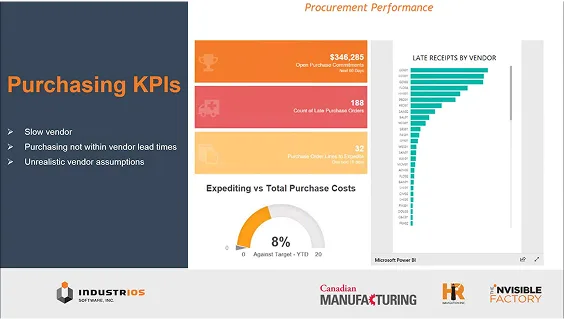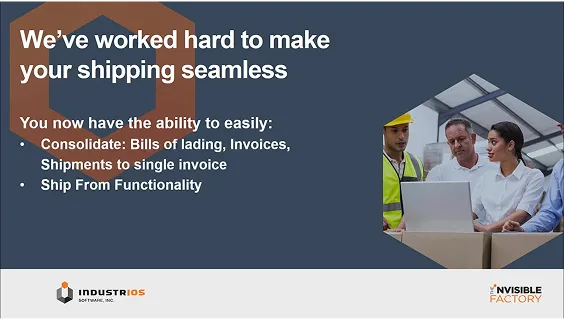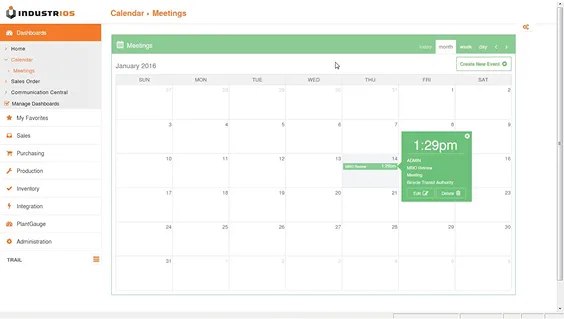Top 5 Reasons to Deploy a Hybrid ERP (Cloud + On-Premise)
With all the hoopla surrounding Cloud Computing it is difficult not to have an opinion about what it is, when it’s applicable, who is it applicable for and in what instances. This text presents an approach that is gaining in adoption, the Hybrid ERP approach.

With all the hoopla surrounding Cloud Computing it is difficult not to have an opinion about what it is, when it’s applicable, who is it applicable for and in what instances. This text presents an approach that is gaining in adoption, the Hybrid ERP approach.
First a few definitions: As indicated in a previous blog, cloud computing here is the expression used to describe all applications that install on a server accessible from the internet, where the user interface is a web UI, deployable on multiple device types. We also allow into this definition the common perception that cloud computing includes Software as a Service (SAAS) and hosted applications.
Hybrid ERP is a term that was first used to describe best of breed applications, whose definition has been widened to include IT deployment in a combination of on premise and cloud computing applications.
With that out of the way, here are the top 5 reasons to deploy in a Hybrid model:
5. Best in class applications: common off the shelf software (COTS) packages rarely achieve the depth of functionality that best of breed apps do. Fact is, most COTS packages use third party applications themselves for tasks like EDI, Financial Reporting, Quality compliance, Business Intelligence, nesting, CAD, etc. COTS package vendor strategy is to hand their VARs a set of integration tools to write these integrations, which end up being one off customizations for each end user. This is where a specialized vendor for manufacturing software for example, can leverage the size of its larger industry installed base to absorb the costs of, and leverage its expertise for, integration to specialized services.
4. No overhaul of apps that are working: If your current operations applications adequately support the desired business function, why rip them out just to own a totally integrated cloud solution, which, as discussed above, will likely use third party apps anyway. If it ain’t broke…
3. You can’t be new and proven at the same time: the shiny new toy does have its appeal, but you have to be prepared to accept the fact that new toys have yet to withstand the test of time. In a hybrid ERP, you can deploy applications that have proven themselves over time, and only apply new technology to certain strategic functions.
2. Targeted deployment: Only deploy cloud computing on apps that can most benefit from cloud. For example, in a 20 user ERP deployment, if 3-4 sales users require remote access to applications, it would make sense to target a cloud deployment at the information the sales team would require, rather than risking deploying the whole ERP system.
1. No need to bet the farm: As Richard Barker indicates here why bet the farm on cloud computing? There are certainly enough reasons to take a cautious, conservative approach to cloud computing, including concerns about uptime, data security, forced upgrades, limited room for customizations, to name the most popular. A hybrid approach can let you take advantage of technology at a controlled pace and risk level.












